Table of Contents
Guide
Speakers
Meg Greve
 rourkeeducationalmedia.com rourkeeducationalmedia.com |  Scan for Related Titles Scan for Related Titles
and Teacher Resources |
Before & After
Reading Activities | Level: F Word Count: 229 Words 100th word: through |
Teaching Focus:Concepts of Print- Have students find capital letters and punctuation in a sentence. Ask students to explain the purpose for using them in a sentence. Before Reading:
Building Academic Vocabulary and Background Knowledge Before reading a book, it is important to set the stage for your child or students by using pre-reading strategies. This will help them develop their vocabulary, increase their reading comprehension, and make connections across the curriculum.
1.Read the title and look at the cover. Lets make predictions about what this book will be about.2.Take a picture walk by talking about the pictures/photographs in the book. Implant the vocabulary as you take the picture walk.
Be sure to talk about the text features such as headings, Table of Contents, glossary, bolded words, captions, charts/diagrams, or Index.3.Have students read the first page of text with you then have students read the remaining text.4.Strategy Talk use to assist students while reading.
- Get your mouth ready
- Look at the picture
- Thinkdoes it make sense
- Thinkdoes it look right
- Thinkdoes it sound right
- Chunk it by looking for a part you know5.Read it again.6.After reading the book complete the activities below.Content Area VocabularyUse glossary words in a sentence. amplify cone current electromagnet vibrates volume After Reading: Comprehension and Extension Activity After reading the book, work on the following questions with your child or students in order to check their level of reading comprehension and content mastery. 1.What are the main parts of a speaker? (Summarize)2.What is the purpose of the cone inside the speaker? (Asking questions)3.In what ways do you use speakers? (Text to self connection)4.What does amplify mean? (Summarize)Extension Activity Think about all the ways you use speakers in your life. How do they enhance your life? Now think about other places that use speakers. What would happen if there werent any speakers at sporting events or concerts? How would we hear a presidential candidate give a speech? Create a table and identify the pros and cons of speakers.
Turn It Up!
Speakers can be smaller than a dime, or as big as a truck. Their job is very simple.
When you turn on your radio, iPod, or television, speakers deliver the sound your device makes. 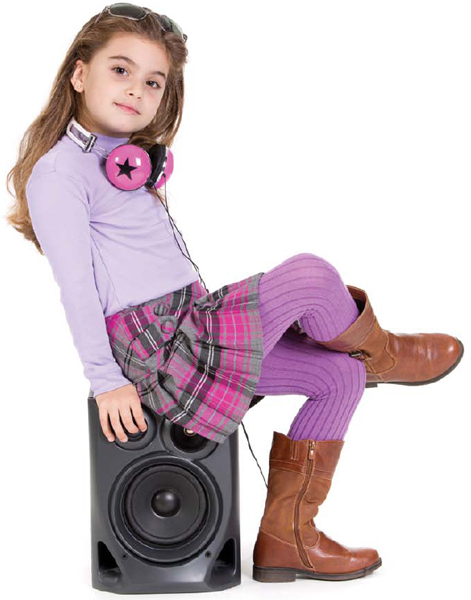
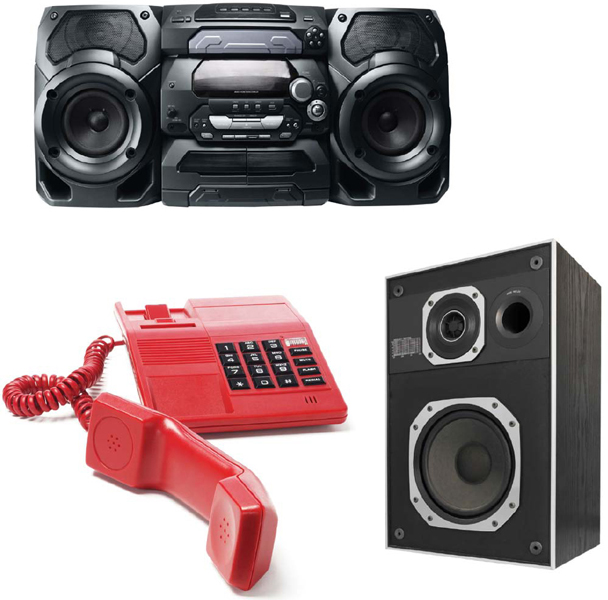
How Do Speakers Work?
Do you like to listen to music or listen to books on CDs? When you press play, the player turns the sound into an electric .
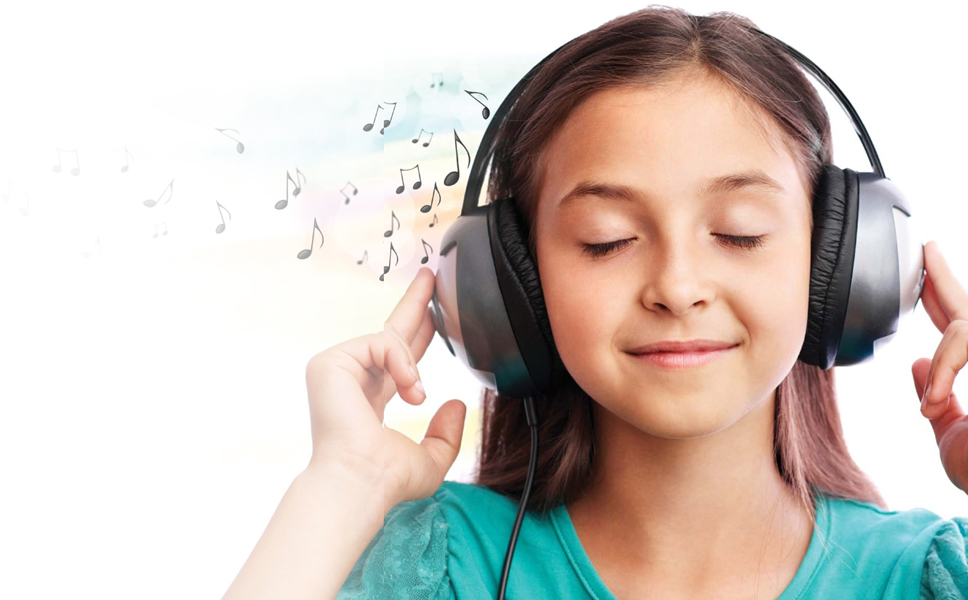
Inside the speakers many parts work together to produce sound.
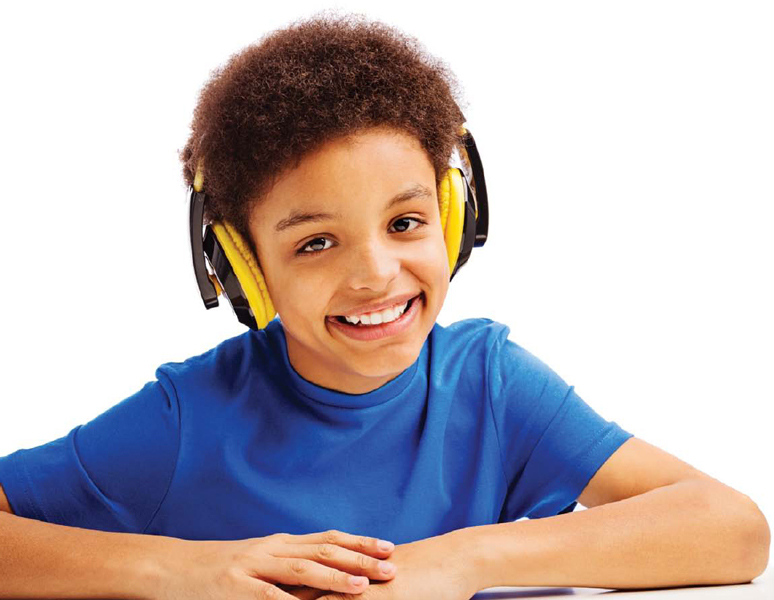

Speakers have two kinds of magnets. One magnet cannot move.
 magnet
magnet
The electromagnet is a wire coil that when the electric current passes through it.
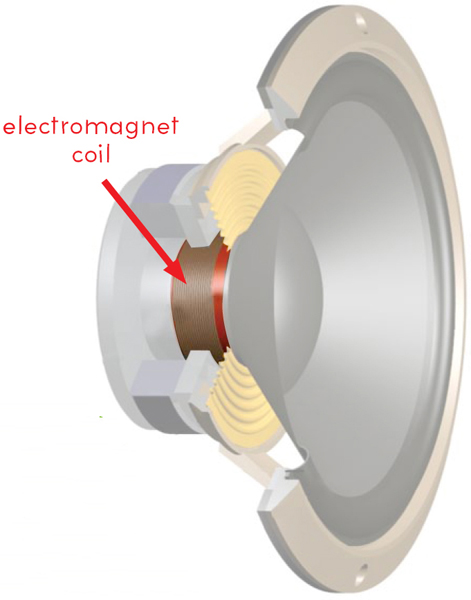 coil shape
coil shape
The coil is attached to a cone.
 coil shape
coil shape
The coil is attached to a cone.
The cone moves. It vibrates back and forth. The makes the sound louder, sending the sound out into the air. You may not be able to see sound waves, but if they are loud enough, you can feel the vibrations in the floor, walls, or on the speaker. cone shape
cone shape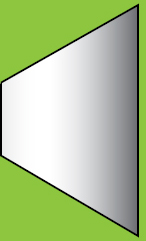
Loud or Soft?
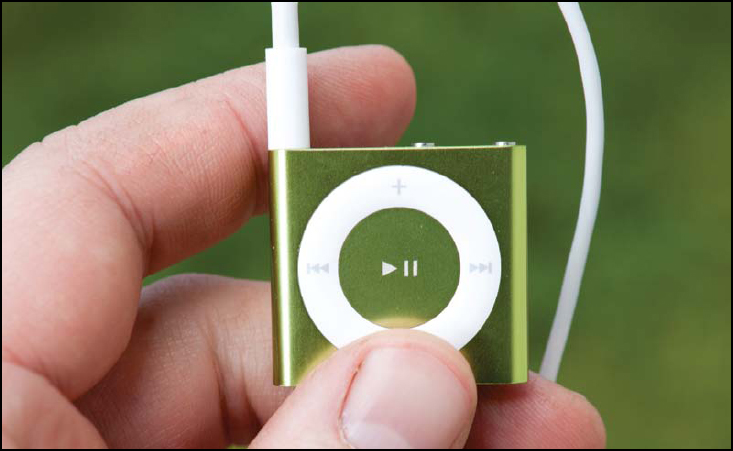
Speakers by turning it up or down.
If your speakers are too loud, you can damage your ears and even lose your hearing.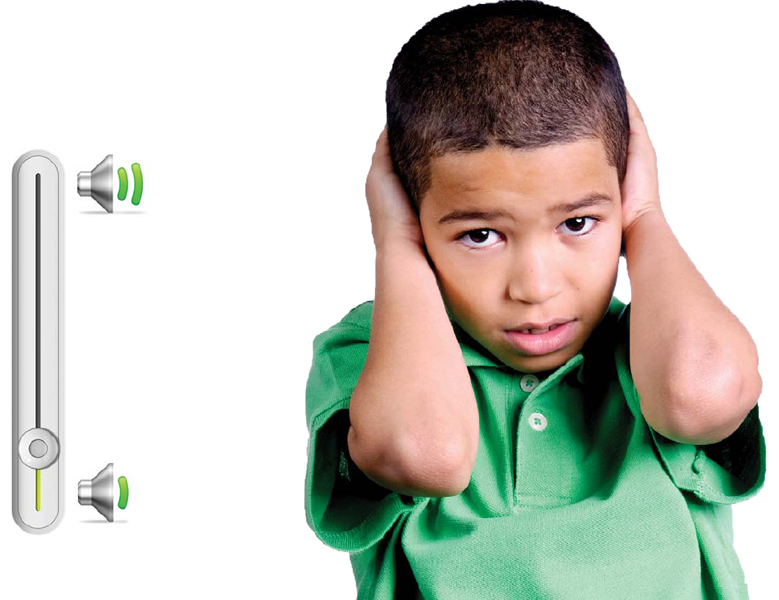
Speakers allow us to listen to music, movies, books, and even the sound of a lions roar. 2.Turn the volume on your MP3 to the highest level. 3.Put your MP3 player in the bowl.
It will be even louder.
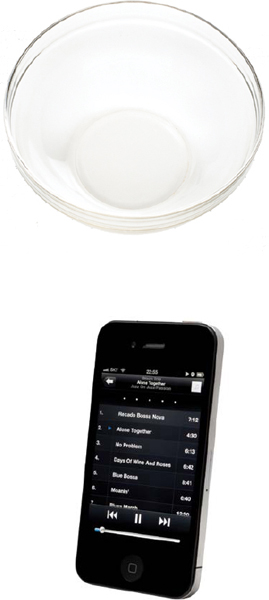
The shape of the bowl is like the cone on a speaker.

The shape of the bowl is like the cone on a speaker.
It amplifies the sound! 
Photo Glossary
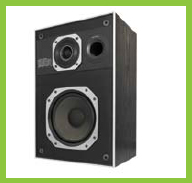

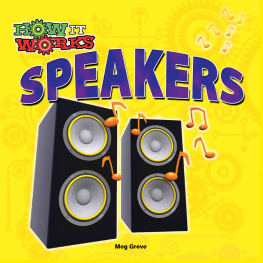
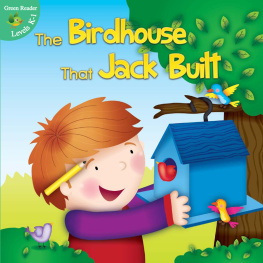

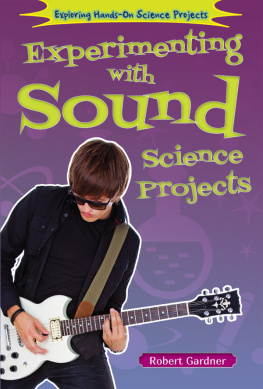



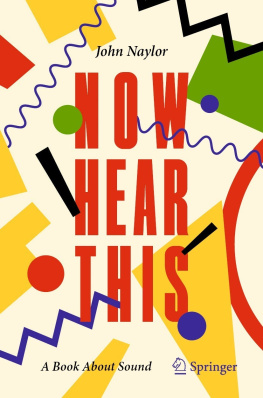
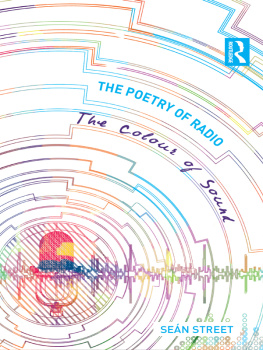
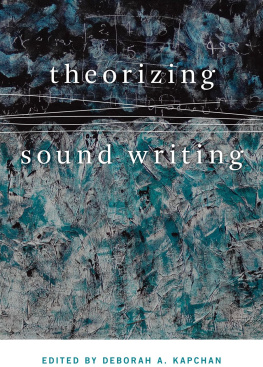
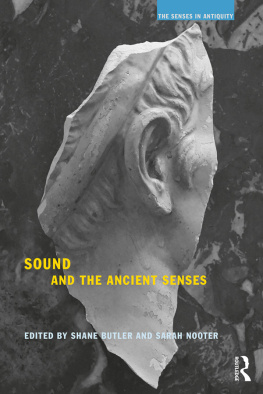

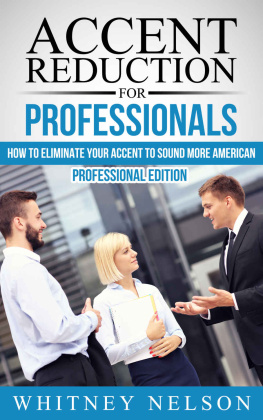
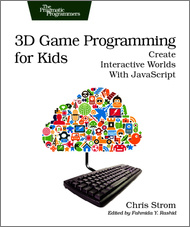
 Meg Greve
Meg Greve  rourkeeducationalmedia.com
rourkeeducationalmedia.com Scan for Related Titles
Scan for Related Titles

 Inside the speakers many parts work together to produce sound.
Inside the speakers many parts work together to produce sound. 
 Speakers have two kinds of magnets. One magnet cannot move.
Speakers have two kinds of magnets. One magnet cannot move.  magnet
magnet The electromagnet is a wire coil that when the electric current passes through it.
The electromagnet is a wire coil that when the electric current passes through it.  coil shape
coil shape The coil is attached to a cone.
The coil is attached to a cone.  cone shape
cone shape
 Speakers by turning it up or down. If your speakers are too loud, you can damage your ears and even lose your hearing.
Speakers by turning it up or down. If your speakers are too loud, you can damage your ears and even lose your hearing. Speakers allow us to listen to music, movies, books, and even the sound of a lions roar. 2.Turn the volume on your MP3 to the highest level. 3.Put your MP3 player in the bowl.
Speakers allow us to listen to music, movies, books, and even the sound of a lions roar. 2.Turn the volume on your MP3 to the highest level. 3.Put your MP3 player in the bowl. The shape of the bowl is like the cone on a speaker.
The shape of the bowl is like the cone on a speaker. 
